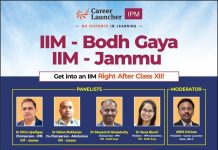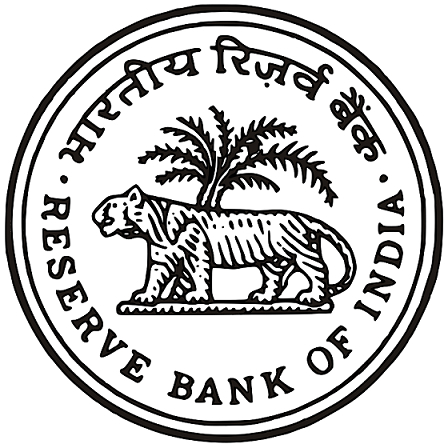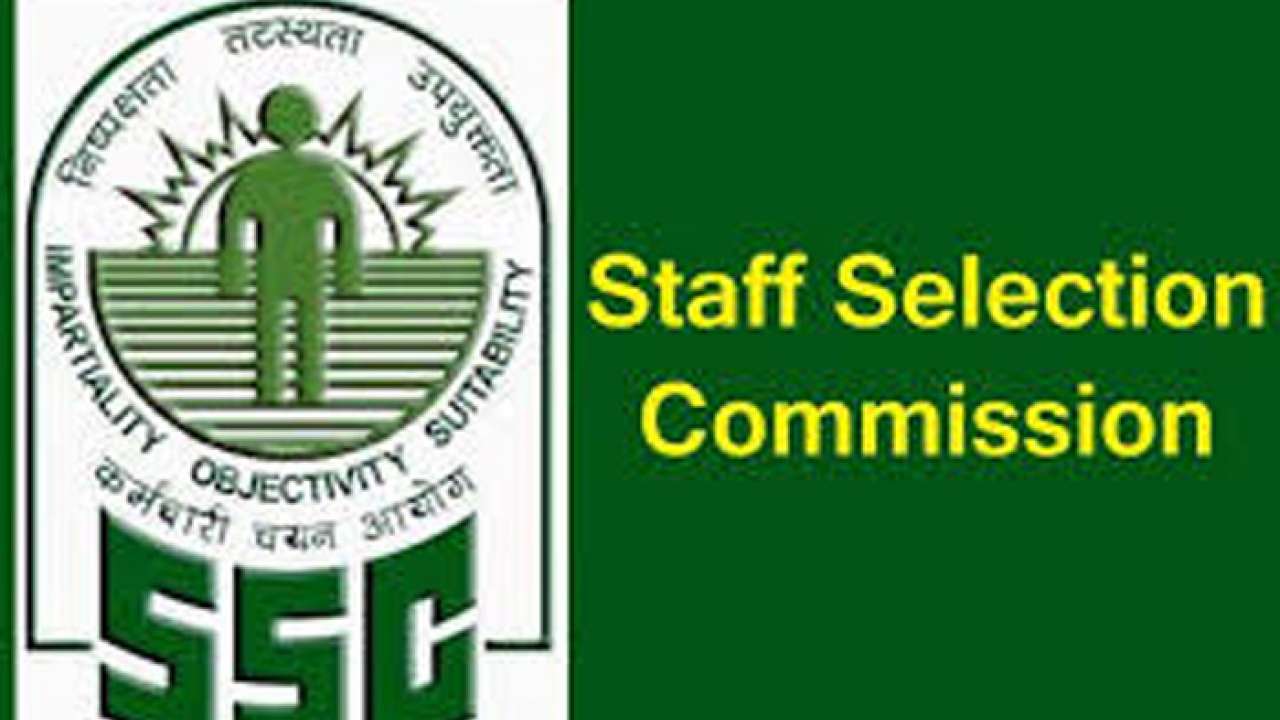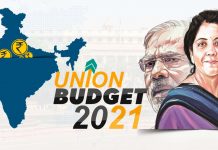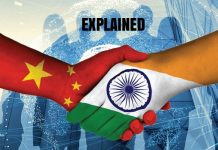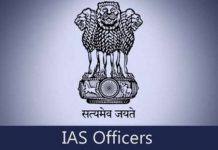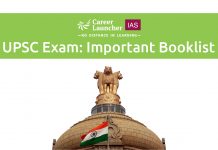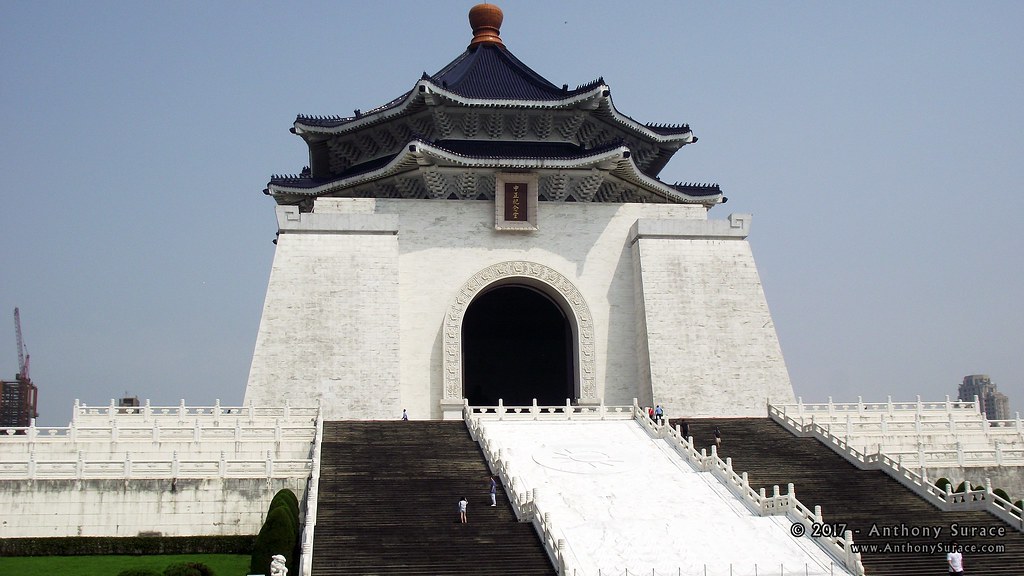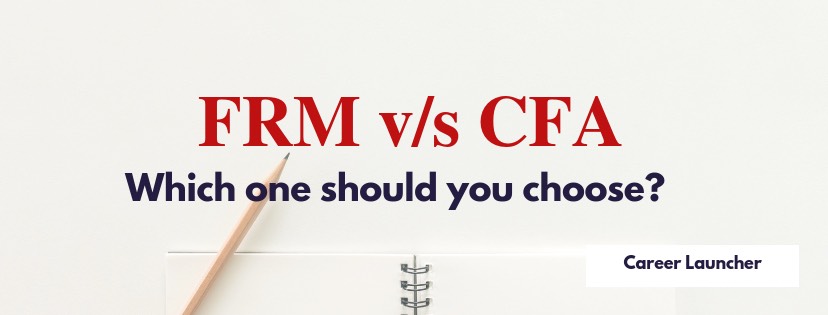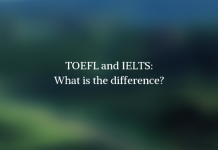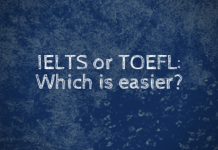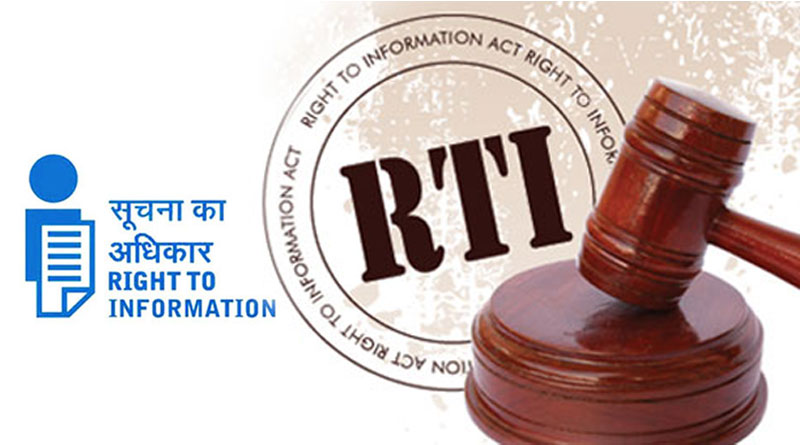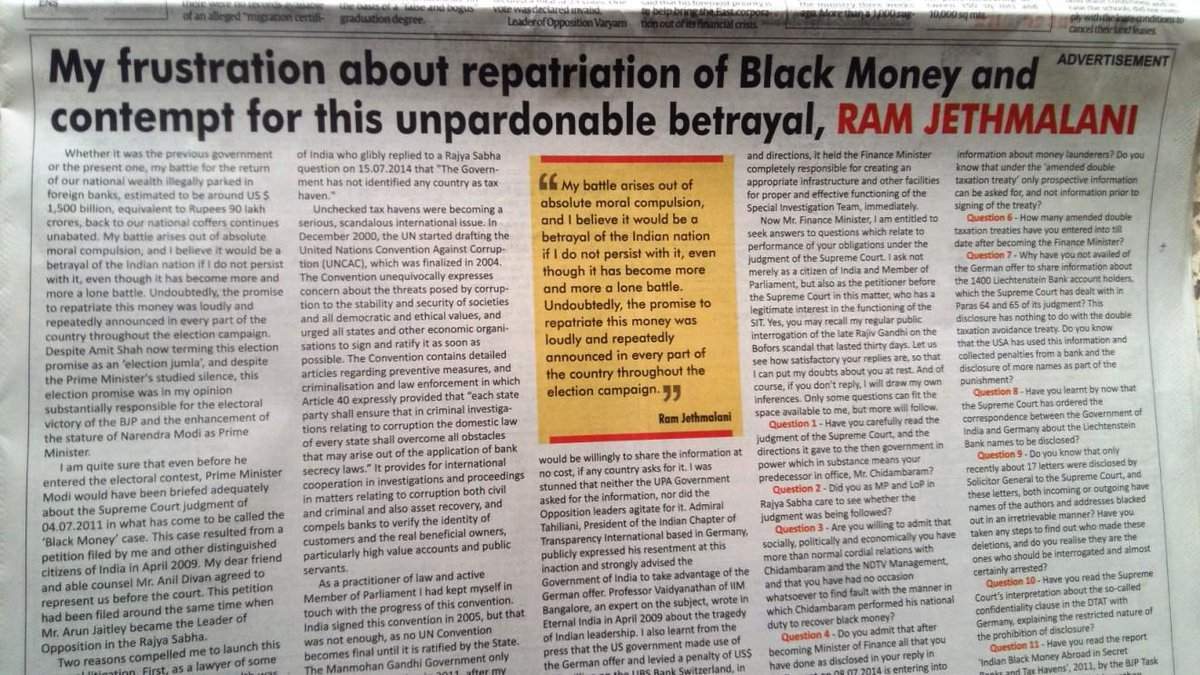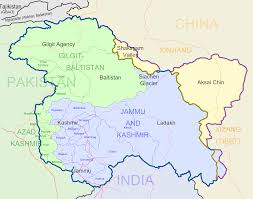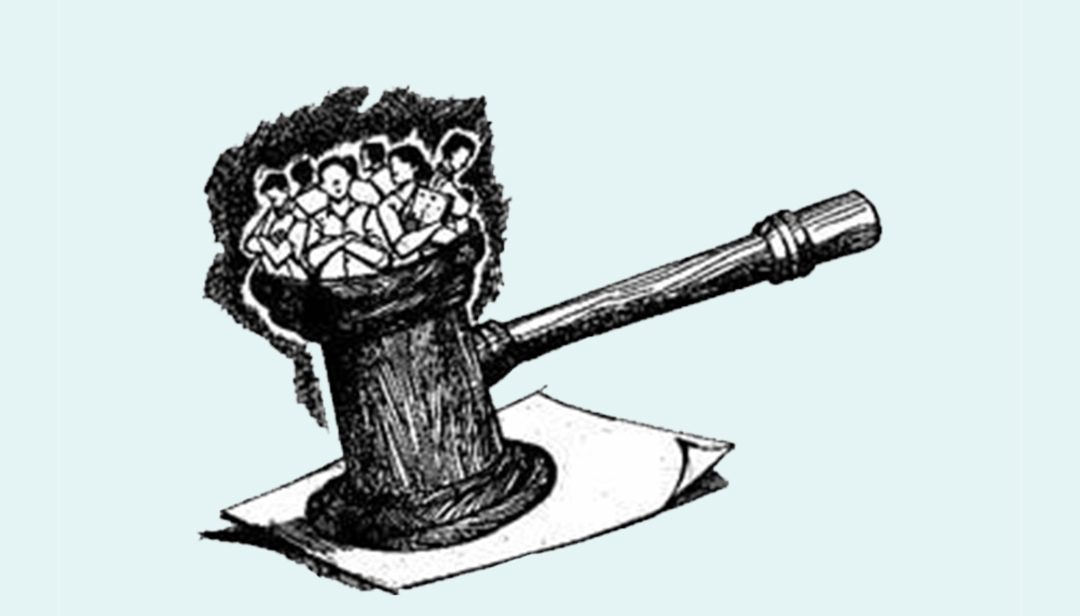RTI Act amendments: Government has introduced amendments giving itself powers to set salaries and service conditions for Information Commissioners. This article discusses The RTI Amendment Bill, 2019 and how does it change the existing Act, and why is the Opposition protesting it?
What is RTI Act?
The Right to Information Act, 2005, is one of the instruments which have empowered the citizens of India. It is one of the most successful laws of independent India in empowering the ordinary citizens and bringing in the confidence amongst the citizens to question the governmental authorities and machinery. This act aims at the accountability and citizen-centric approach of the government. It also acts as a deterrent factor for the government servants and bureaucrats that they cannot act and work arbitrarily and thus keeping in place the doctrine of checks and balances.
Under the RTI Act, 2005, Public Authorities are required to make disclosures on various aspects of their structure and functioning. This includes:
- disclosure on their organisation, functions, and structure,
- powers and duties of its officers and employees, and
- financial information.
The intent of such suo-moto disclosures is that the public should need minimum recourse through the Act to obtain such information. If such information is not made available, citizens have the right to request for it from the Authorities. This may include information in the form of documents, files, or electronic records under the control of the Public Authority.
Explaining the purpose of the act, the Supreme Court recently in the case of Anjali Bhardwaj & Ors. vs. Union of India held that “RTI Act is enacted not only to sub-serve but also to ensure freedom of speech. Good governance, which is an essential component of any vibrant democracy, can be achieved if the act is properly implemented. Attaining good governance is also one of the visions of the constitution. It also has a vital connection with the development of the nation”.
Enforcement Procedure under the RTI Act
The RTI Act has established a three tier structure for enforcing the right to information guaranteed under the Act.
Public Authorities designate some of their officers as Public Information Officers. The first request for information goes to Central/State Assistant Public Information Officer and Central/State Public Information Officer, designated by the Public Authorities. These Officers are required to provide information to an RTI applicant within 30 days of the request. Appeals from their decisions go to an Appellate Authority. Appeals against the order of the Appellate Authority go to the State Information Commission or the Central Information Commission. These Information Commissions consists of a Chief Information Commissioner, and up to 10 Information Commissioners.
What are the changes brought by the act?
The The RTI Amendment Bill, 2019 amends Sections 13 and 16 of the Right to Information (RTI) Act, 2005. Section 13 of the original Act sets the term of the central Chief Information Commissioner and Information Commissioners at five years (or until the age of 65, whichever is earlier). The amendment proposes that the appointment will be “for such term as may be prescribed by the Central Government”. Again, Section 13 states that salaries, allowances and other terms of service of “the Chief Information Commissioner shall be the same as that of the Chief Election Commissioner”, and those of an Information Commissioner “shall be the same as that of an Election Commissioner”. The amendment proposes that the salaries, allowances and other terms of service of the Chief Information Commissioner and the Information Commissioners “shall be such as may be prescribed by the Central Government”.
Section 16 of the RTI Act, 2005 deals with state-level Chief Information Commissioners and Information Commissioners. It sets the term for state-level CICs and ICs at five years (or 65 years of age, whichever is earlier). The amendment proposes that these appointments should be for “such term as may be prescribed by the Central Government”. And while the original Act prescribes salaries, allowances and other terms of service of the state Chief Information Commissioner as “the same as that of an Election Commissioner”, and the salaries and other terms of service of the State Information Commissioners as “the same as that of the Chief Secretary to the State Government”, the amendment proposes that these “shall be such as may be prescribed by the Central Government”.
| Provision | RTI Act, 2005 | RTI (Amendment) Bill, 2019 |
| Term | The Chief Information Commissioner (CIC) and Information Commissioners (ICs) (at the central and state level) will hold office for a term of five years. | The Bill removes this provision and states that the central government will notify the term of office for the CIC and the ICs. |
| Quantum of Salary | The salary of the CIC and ICs (at the central level) will be equivalent to the salary paid to the Chief Election Commissioner and Election Commissioners, respectively.
Similarly, the salary of the CIC and ICs (at the state level) will be equivalent to the salary paid to the Election Commissioners and the Chief Secretary to the state government, respectively. |
The Bill removes these provisions and states that the salaries, allowances, and other terms and conditions of service of the central and state CIC and ICs will be determined by the central government.
|
| Deductions in Salary | The Act states that at the time of the appointment of the CIC and ICs (at the central and state level), if they are receiving pension or any other retirement benefits for previous government service, their salaries will be reduced by an amount equal to the pension.
Previous government service includes service under: (i) the central government, (ii) state government, (iii) corporation established under a central or state law, and (iv) company owned or controlled by the central or state government. |
The Bill removes these provisions.
|
Reasons for Opposition
The RTI Amendment Bill, 2019 is facing a lot of flak from the opposition as well as the public. It is being argued that the bill will take away the Independence of the RTI authorities.
- It would grant greater powers to the centre as everything will be decided by the government. Thus, the neutrality of information commissioners would be crippled and make information commissioners “More Loyal” to the government. They will behave like the employees of the government and if they so wish, they can decide to withhold information that can support the government.
- The original act had defined terms tenures, salaries, appointment, etc. The amendment is viewed as the tenure, salaries, appointment to be decided on a case to case basis by the government.
- The proposed amendment diminishes the status of the CIC, SCIC and IC from that of the Supreme Court Judge and thus, this would lower their authority to issue the directives to the senior government officers.
- The proposed amendment would adversely affect the independence of the CIC, SCIC and ICs as the Centre will now have the authority to decide the tenure, terms and salaries of these officials. Thus, this is a threat to independence.
- The proposed bill was introduced and passed without the public consultation which hampers the citizens’ right to information as a public consultation is necessary for laws to become successful and drafting of the legislation cannot be left to the elected representatives alone.
- It appears as an effort to bring the Central Information Commission under the absolute control of the central government. The CIC and ICs deal with huge vested interests, especially in the senior bureaucracy. It is important for them to be independent.
- This amendment will take away the transparency as it will empower the central government to decide unilaterally which will fundamentally weaken the whole basic idea and structure of the RTI.
Government’s Justification
The argument put forward by the Minister for PMO, Jitender Singh, explaining the objectives and reasons behind the proposed amendments is:
“The functions being carried out by the Election Commission of India and Central and State Information Commissions are totally different. The Election Commission is a constitutional body established by clause (1) of article 324 of the Constitution and is responsible for the superintendence, direction and control of the preparation of the electoral rolls for, and the conduct of, all election to Parliament and to the Legislature of every State and of election to the office of President and Vice President held under the Constitution. On the other hand, the Central Information Commission and State Information Commissions are statutory bodies established under the provision of the Right to Information Act, 2005. Therefore, the mandate of Election Commission of India and Central and State Information Commissions are different. Hence their status and service conditions need to be rationalised accordingly.”
The Government even argued that RTI is not a constitutional right and CIC/SIC is not a constitutional body. While introducing the bill, the PMO Jitendra Singh said, “Probably, the then government of the day, in a hurry to pass the RTI Act, 2005, overlooked a lot of things. The Central Information Commissioner has been given the status of a Supreme Court judge but his judgments can be challenged in the High Courts. How can that exist? Besides, the RTI Act did not give the government rule-making powers. We are merely correcting these through the amendment.”
The main aim of the RTI Act, 2005 which was to promote transparency, accountability in the working of every public authority and the citizens’ right to secure the access to information is being crippled by this RTI Amendment bill, 2019. This is an attempt to take away the free flow of unbiased information and place before the general public, the filtered information by the public authorities in order to please the government. The government has weakened the sunshine law without providing any credible rationale for bringing an amendment as this will definitely hamper the independent working of the Information Commissioners. They are now no more vested with the independence, transparency, status and authority but will now be functioning as one of the departments answerable ultimately to the central government.







